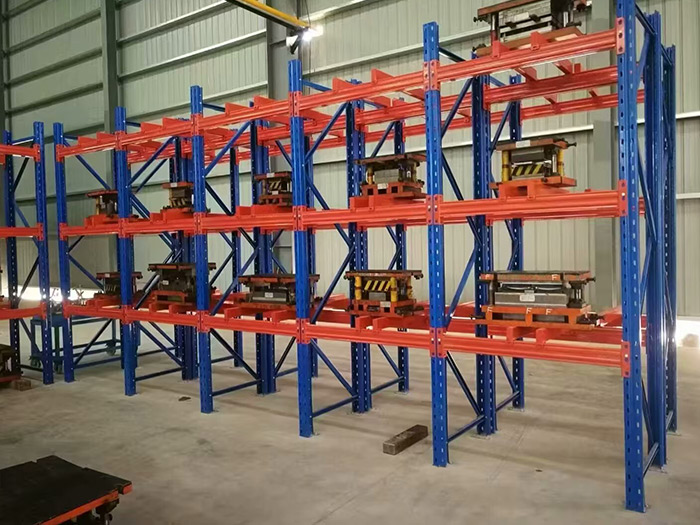Unveiling the Secrets of Heat Generation: Exploring Non-Electric Sources
3 min readIn an era where energy efficiency and sustainability are paramount, understanding the various methods of heat production without relying on electricity is crucial. This blog post delves into the diverse mechanisms that generate heat, highlighting their applications, benefits, and potential for innovation.
- The Science of Heat Production
Heat, fundamentally, is a form of energy that manifests through the movement of particles within a substance. When these particles vibrate or move more rapidly, the temperature of the substance increases, producing heat. While electricity is a common source of heat in modern applications, numerous alternative methods exist that harness natural processes or chemical reactions to generate thermal energy.
- Combustion: The Classic Heat Generator
One of the most traditional methods of heat production is combustion. This process involves the chemical reaction between a fuel source—such as wood, coal, natural gas, or oil—and an oxidizer, typically oxygen in the air. The combustion reaction releases a significant amount of heat, which can be harnessed for various applications, including:
- Heating Systems: Furnaces and boilers utilize combustion to provide warmth in residential and commercial buildings.
- Industrial Processes: Many manufacturing processes rely on combustion for heat, such as metalworking and glass production.
While combustion is effective, it is essential to consider its environmental impact, including greenhouse gas emissions and air pollution.
- Geothermal Energy: Harnessing the Earth’s Heat
Geothermal energy is another powerful source of heat that does not rely on electricity. This renewable energy source taps into the Earth's internal heat, which is generated by the decay of radioactive isotopes and residual heat from the planet's formation. Geothermal systems can be categorized into two main types:
- Direct Use Applications: These systems utilize hot water from geothermal reservoirs for heating buildings, growing plants in greenhouses, drying crops, and even in aquaculture.
- Geothermal Heat Pumps: These systems transfer heat from the ground into buildings during winter and vice versa in summer, providing an energy-efficient heating and cooling solution.
Geothermal energy is sustainable and has a minimal carbon footprint, making it an attractive option for environmentally conscious consumers and businesses.
- Solar Thermal Energy: Capturing the Sun’s Heat
Solar thermal energy systems convert sunlight directly into heat, making them an excellent alternative to electric heating. These systems typically use solar collectors to absorb sunlight and transfer the heat to a fluid, which can then be used for:
- Domestic Hot Water: Solar water heaters provide hot water for residential use, significantly reducing reliance on electric water heaters.
- Space Heating: Solar thermal systems can also be integrated into building heating systems, providing warmth during colder months.
The efficiency of solar thermal systems depends on geographic location and climate, but they represent a promising avenue for sustainable heat production.
- Biomass: Organic Matter as a Heat Source
Biomass, which includes organic materials such as wood, agricultural residues, and waste, can be converted into heat through various processes, including combustion, gasification, and anaerobic digestion. Biomass energy offers several advantages:
- Carbon Neutrality: When managed sustainably, biomass can be considered carbon neutral, as the CO2 released during combustion is offset by the CO2 absorbed during the growth of the biomass.
- Waste Reduction: Utilizing waste materials for heat production helps reduce landfill use and promotes a circular economy.
Biomass heating systems can be implemented in residential, commercial, and industrial settings, providing a versatile and renewable heat source.
- Heat from Chemical Reactions: Exothermic Processes
Certain chemical reactions release heat as a byproduct, known as exothermic reactions. These reactions can be harnessed for practical applications, such as:
- Thermal Packs: Commonly used in first aid, these packs generate heat through a chemical reaction when activated, providing localized warmth.
- Industrial Applications: Exothermic reactions are utilized in various industrial processes, including cement production and the manufacturing of certain chemicals.
Understanding and optimizing these reactions can lead to innovative heat generation solutions.
Conclusion: The Future of Heat Production
As the world moves towards more sustainable energy solutions, exploring non-electric heat production methods is essential. From harnessing the Earth’s geothermal energy to utilizing solar thermal systems and biomass, numerous avenues exist for generating heat without electricity. By investing in research and development, we can unlock new technologies that enhance efficiency, reduce environmental impact, and promote a sustainable future.



